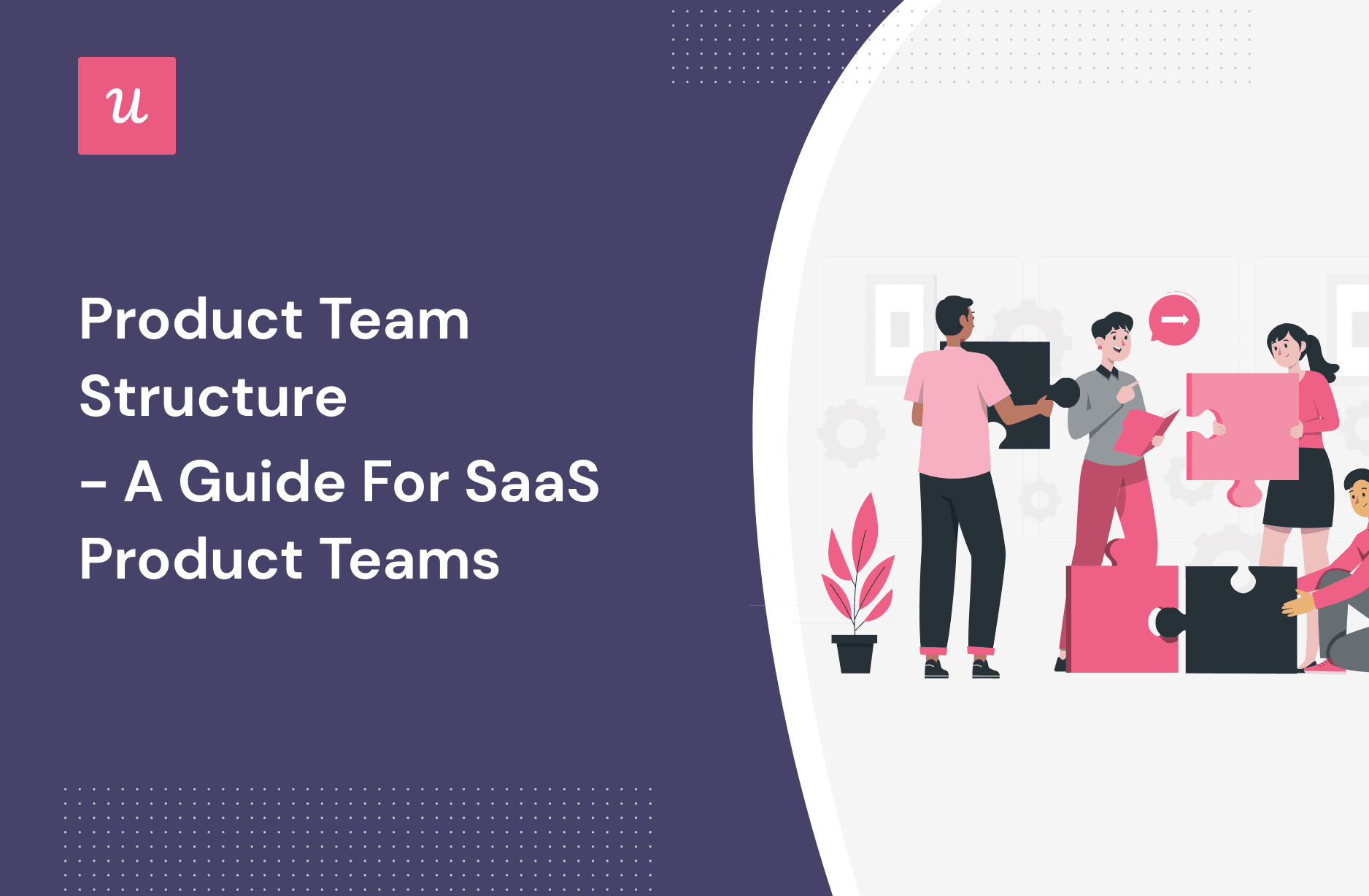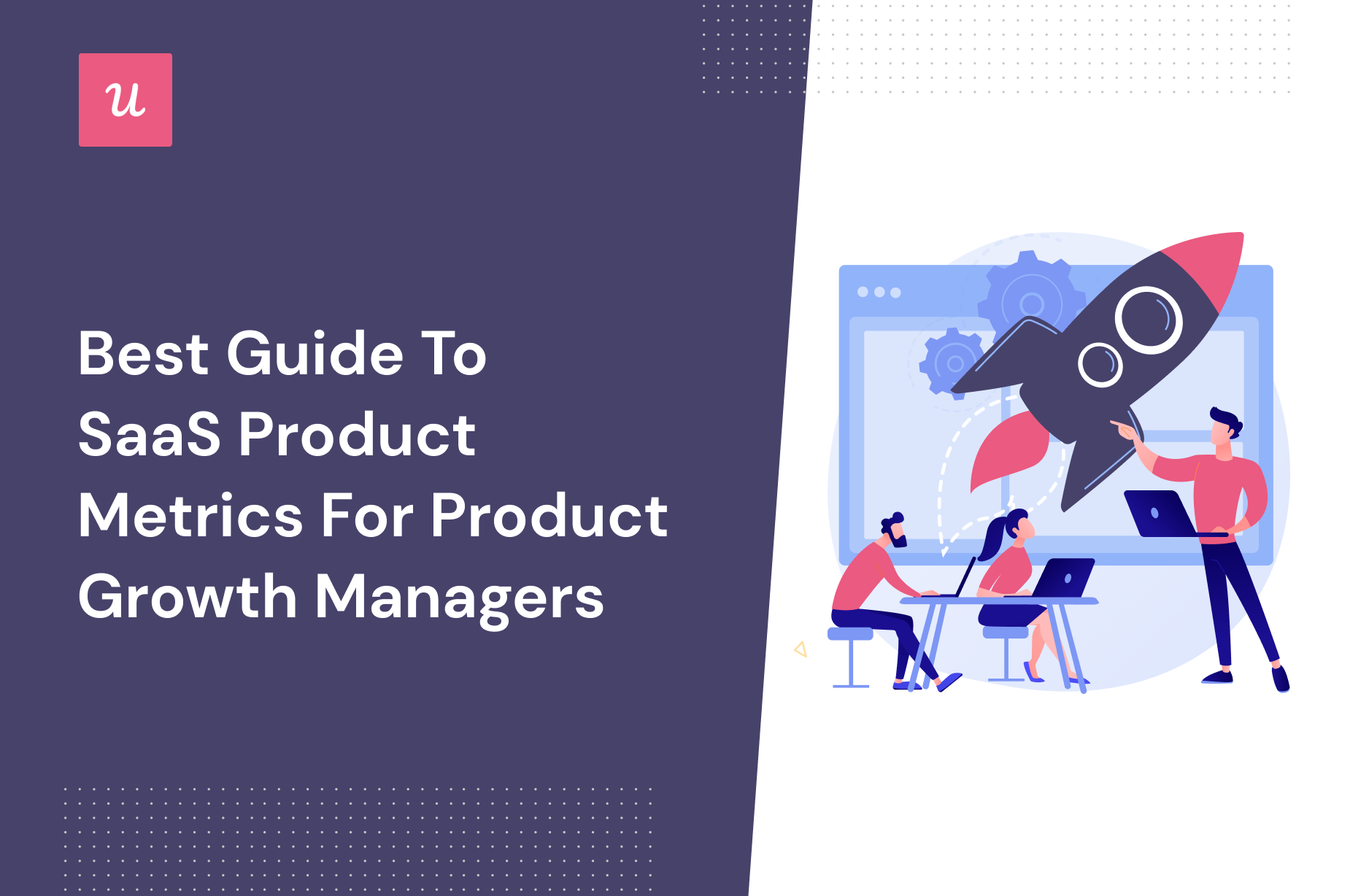The best SaaS Product Manager Guide offers comprehensive insights and actionable strategies for managing and optimizing SaaS products. It covers essential skills, tools, and best practices.
SaaS product management requires a unique set of skills and strategies. This guide is designed to help both novice and experienced product managers excel in the SaaS industry. Effective product management involves understanding customer needs, prioritizing features, and ensuring seamless user experiences.
Strong communication and collaboration with development teams are crucial. Staying updated with industry trends and leveraging analytics can drive product success. This guide will provide a roadmap for mastering these skills, offering practical tips and real-world examples. Whether you’re just starting or looking to refine your expertise, this guide aims to elevate your SaaS product management game.

Credit: earlynode.com
Introduction To Saas Product Management
SaaS Product Management is a dynamic field. It combines technology and business strategies. This guide will help you understand the essentials. You’ll learn what SaaS is and the role of a product manager in SaaS.
What Is Saas?
SaaS stands for Software as a Service. It is a software delivery model. Users access software over the internet. There is no need for installation. SaaS offers flexibility and cost savings. Popular examples include Google Workspace and Salesforce.
SaaS products are hosted on cloud servers. Providers handle maintenance and updates. Users only need a web browser to access these services.
Benefits of SaaS:
- Lower initial costs
- Scalability
- Automatic updates
- Accessibility from anywhere
Role Of A Product Manager In Saas
A Product Manager in SaaS plays a crucial role. They bridge the gap between technology and business. Their responsibilities include:
- Understanding customer needs
- Defining product vision and strategy
- Managing the product lifecycle
- Coordinating with cross-functional teams
- Prioritizing features and enhancements
Product Managers ensure the product meets market demands. They work closely with development, marketing, and sales teams. Their goal is to deliver a valuable product to users.
Key skills for a SaaS Product Manager:
| Skill | Description |
|---|---|
| Market Research | Understanding market trends and customer needs |
| Technical Knowledge | Ability to understand and manage technical aspects |
| Communication | Effective communication with teams and stakeholders |
| Analytical Skills | Making data-driven decisions |

Credit: www.reddit.com
Core Responsibilities
A SaaS Product Manager holds many responsibilities. Their role is crucial for product success. Let’s dive into the core duties.
Product Strategy
Creating a product strategy involves understanding market needs. A Product Manager analyzes competitors and identifies gaps. They define the product vision and align it with business goals.
Key tasks include:
- Market research and analysis
- Defining target audience
- Setting product goals and KPIs
- Ensuring alignment with company objectives
Roadmap Development
Developing a product roadmap is essential. It outlines the product’s journey. A well-crafted roadmap guides the team and stakeholders.
Key tasks include:
- Prioritizing features based on user needs
- Setting timelines for product milestones
- Communicating the roadmap to stakeholders
- Updating the roadmap as needed
Effective roadmaps ensure transparency and focus.
Essential Skills
Being a successful SaaS product manager requires mastering a range of essential skills. These skills help in navigating the complexities of product development, market needs, and technical advancements. Below, we dive into two critical areas: Technical Proficiency and Market Research.
Technical Proficiency
Technical proficiency is crucial for any SaaS product manager. You need to understand the product’s technology stack. This includes both front-end and back-end technologies. A basic grasp of coding languages like HTML, CSS, and JavaScript is helpful.
Here are some key technical skills:
- Understanding APIs and integrations
- Familiarity with cloud platforms (AWS, Azure)
- Knowledge of data analytics tools
- Basic coding and scripting skills
Using technical know-how, you can communicate better with the development team. This ensures the product meets both functional and non-functional requirements.
Market Research
Market research is another essential skill. It helps in understanding user needs and market trends. Effective market research ensures that your product stays relevant.
Key aspects of market research include:
- Identifying target audience
- Analyzing competitors
- Understanding market trends
- Gathering user feedback
With market research, you can make data-driven decisions. This leads to better product features and user satisfaction.
| Technical Skills | Market Research Skills |
|---|---|
| API Knowledge | Identifying target audience |
| Cloud Platforms | Competitor Analysis |
| Data Analytics | Understanding Trends |
| Basic Coding | Gathering Feedback |
Building A Winning Product
Building a winning product is crucial for a SaaS product manager. It involves understanding customer needs and prioritizing features effectively. This guide will help you create a product that stands out in the market.
Identifying Customer Needs
Understanding your customers’ needs is the first step in building a successful product. Conduct surveys, interviews, and user testing to gather valuable insights.
- Surveys: Use online tools to create and distribute surveys.
- Interviews: Talk directly with users to gather detailed feedback.
- User Testing: Observe how users interact with your product.
Analyze the data collected to identify common pain points and preferences. This helps in creating a product that meets actual user needs.
Feature Prioritization
Once you understand customer needs, the next step is feature prioritization. Not all features are equally important. Use a structured approach to decide which features to build first.
| Feature | Importance | Effort |
|---|---|---|
| Feature A | High | Low |
| Feature B | Medium | Medium |
| Feature C | Low | High |
Use frameworks like the MoSCoW method or the Kano model. These frameworks help in categorizing features based on their importance and effort required.
- Must-Have: Essential features that solve core problems.
- Should-Have: Important but not critical features.
- Could-Have: Nice-to-have features with less impact.
- Won’t-Have: Features to exclude for now.
Prioritizing features ensures you focus on what matters most. It helps in delivering value to customers quickly and efficiently.
Effective Team Collaboration
Effective team collaboration is crucial for the success of any SaaS product. A product manager must ensure smooth coordination among team members. This enhances productivity and drives innovation. Let’s dive into some key aspects of effective team collaboration.
Cross-functional Teams
Cross-functional teams consist of members from different departments. This includes developers, marketers, and customer support. Each team member brings unique skills to the table. This diversity fosters creativity and well-rounded solutions.
A well-balanced cross-functional team can quickly solve complex problems. They communicate directly and understand each other’s perspectives. This leads to faster decision-making and better product outcomes.
Communication Best Practices
Clear communication is the backbone of effective collaboration. Here are some best practices to follow:
- Use collaborative tools: Utilize tools like Slack, Trello, and Zoom.
- Regular updates: Hold daily stand-up meetings to share progress.
- Open channels: Encourage open communication channels for feedback.
- Documentation: Document important decisions and share them with the team.
Implementing these practices ensures everyone stays on the same page. It minimizes misunderstandings and boosts overall efficiency.
Metrics And Kpis
Understanding metrics and KPIs is crucial for any SaaS Product Manager. These tools help track success, identify issues, and guide decisions. A clear grasp of these metrics ensures the product meets user needs and business goals.
Key Performance Indicators
Key Performance Indicators (KPIs) are specific metrics that reflect the product’s health. These indicators help measure success and track progress. Important KPIs include:
- Customer Acquisition Cost (CAC): The cost to gain a new customer.
- Customer Lifetime Value (CLTV): The total revenue from a customer.
- Monthly Recurring Revenue (MRR): Revenue from subscriptions each month.
- Churn Rate: The rate at which customers leave your service.
- Net Promoter Score (NPS): Customer satisfaction and loyalty measure.
Tracking these KPIs regularly helps to keep the product on track. KPIs provide clear targets and help in making informed decisions.
Data-driven Decisions
Using data to drive decisions is essential. Data offers insights that gut feelings cannot provide. It helps to understand user behavior, preferences, and pain points.
Consider setting up dashboards to display key metrics. Dashboards provide real-time data, making it easier to spot trends and anomalies. Below is an example of a simple metrics dashboard:
| Metric | Current Value | Goal |
|---|---|---|
| Customer Acquisition Cost (CAC) | $50 | $45 |
| Customer Lifetime Value (CLTV) | $500 | $600 |
| Monthly Recurring Revenue (MRR) | $10,000 | $12,000 |
| Churn Rate | 5% | 3% |
| Net Promoter Score (NPS) | 8 | 9 |
Using this data, you can create strategies to improve metrics. For example, reduce CAC by optimizing marketing efforts. Increase CLTV by enhancing customer experience. Regularly review these metrics to ensure continuous improvement.
Handling Product Launches
Product launches are the most exciting part of a SaaS product manager’s job. They require careful planning and execution. Handling product launches involves multiple stages, each crucial for success. This section covers key aspects of managing a product launch effectively.
Go-to-market Strategy
The Go-to-Market (GTM) strategy is your roadmap to launch success. It defines how you will introduce your product to the market. A well-crafted GTM strategy includes:
- Target Audience: Identify your ideal customers. Understand their needs and pain points.
- Value Proposition: Clearly state what makes your product unique. Highlight the benefits to users.
- Marketing Channels: Choose the best platforms to reach your audience. Consider social media, email, and SEO.
- Sales Strategy: Define your sales approach. Will you use a direct sales team, partners, or online sales?
- Pricing Model: Decide on your pricing strategy. Will you use subscriptions, freemium, or one-time payments?
All these elements ensure a smooth and successful product launch.
Post-launch Evaluation
After launching your product, it’s important to evaluate its performance. This helps you understand what worked and what needs improvement. Key steps in post-launch evaluation include:
- Collect Feedback: Gather feedback from users. Use surveys, reviews, and direct communication.
- Analyze Data: Look at usage data and metrics. Track sign-ups, active users, and churn rates.
- Identify Issues: Spot any problems or bugs. Prioritize fixes based on impact.
- Measure Success: Compare actual results with your goals. Assess marketing and sales performance.
- Plan Iterations: Based on feedback and data, plan product updates. Aim to improve user satisfaction.
Consistent evaluation helps in refining your product and strategy over time.

Credit: userpilot.com
Continuous Improvement
Continuous improvement is the heartbeat of successful SaaS product management. It involves constant refining and optimizing of the product. This approach ensures your product meets user needs and stays ahead of competitors. The focus areas include gathering customer feedback and practicing iterative development.
Customer Feedback
Customer feedback is a goldmine for SaaS product managers. It helps you understand what users love and what they want improved. Here are effective ways to gather feedback:
- Surveys: Short, targeted questions yield valuable insights.
- User Interviews: Personal chats reveal deep, qualitative data.
- Feedback Forms: Embed forms in your app for real-time input.
- Social Media: Monitor platforms for spontaneous user comments.
Using customer feedback drives product enhancements and boosts user satisfaction.
Iterative Development
Iterative development is about making small, consistent improvements. It contrasts with making big changes all at once. This strategy reduces risks and allows for rapid adaptation. Key steps in iterative development include:
- Plan: Define the goal for the next iteration.
- Develop: Build the new features or improvements.
- Test: Ensure the new version works as intended.
- Deploy: Release the updated product to users.
- Review: Gather feedback and analyze performance.
This cycle repeats, allowing continuous refinement and innovation.
| Stage | Description |
|---|---|
| Plan | Set clear, achievable goals for the iteration. |
| Develop | Build and code the new features. |
| Test | Ensure everything works as expected. |
| Deploy | Release the new version to users. |
| Review | Gather feedback and measure success. |
Iterative development ensures your SaaS product evolves smoothly and efficiently.
Staying Ahead In The Industry
In the fast-evolving world of SaaS, product managers must stay ahead. Trends shift quickly, and skills need constant updating. This section focuses on how to remain relevant and excel.
Trends In Saas
Understanding trends is vital. Here are key trends shaping the SaaS industry:
- Artificial Intelligence: AI is transforming SaaS. It improves automation and personalizes user experiences.
- Integration: SaaS products are increasingly integrated. This enhances functionality and user satisfaction.
- Remote Work: The rise of remote work boosts demand for SaaS solutions. Collaboration tools are becoming essential.
- Security: With more data online, security is critical. SaaS products must prioritize data protection.
Professional Development
Continuously improving your skills is key. Here are ways to develop professionally:
- Online Courses: Platforms like Coursera and Udemy offer specialized courses. These can enhance your SaaS knowledge.
- Networking: Join SaaS communities and forums. Networking helps you learn from peers.
- Conferences: Attend industry conferences. These events provide insights and trends.
- Certifications: Obtain certifications in relevant fields. This can boost your credibility and skills.
Staying ahead in SaaS requires constant learning and adapting. Embrace these strategies to thrive in the industry.
Frequently Asked Questions
What Does A Saas Product Manager Do?
A SaaS Product Manager oversees the development and lifecycle of software products. They align product features with market needs. They also ensure customer satisfaction and coordinate between different teams.
Why Are Metrics Important For Saas Product Managers?
Metrics help SaaS Product Managers track product performance and user engagement. They provide insights into customer behavior. This aids in making data-driven decisions and improving the product.
How Do Saas Product Managers Prioritize Features?
SaaS Product Managers prioritize features based on customer feedback and market trends. They also consider business goals and technical feasibility. Prioritization ensures the most valuable features are developed first.
What Skills Are Essential For Saas Product Managers?
Key skills for SaaS Product Managers include analytical thinking, communication, and market research. Technical knowledge is also important. These skills help in effective product development and management.
Conclusion
Mastering SaaS product management takes dedication and the right strategies. Apply these tips to enhance your skills. Stay updated with industry trends and continually refine your approach. Success comes from understanding your market and adapting to changes. Start implementing these practices today and watch your SaaS product thrive.
